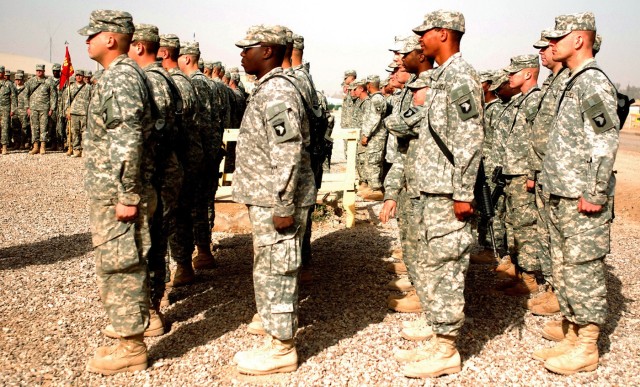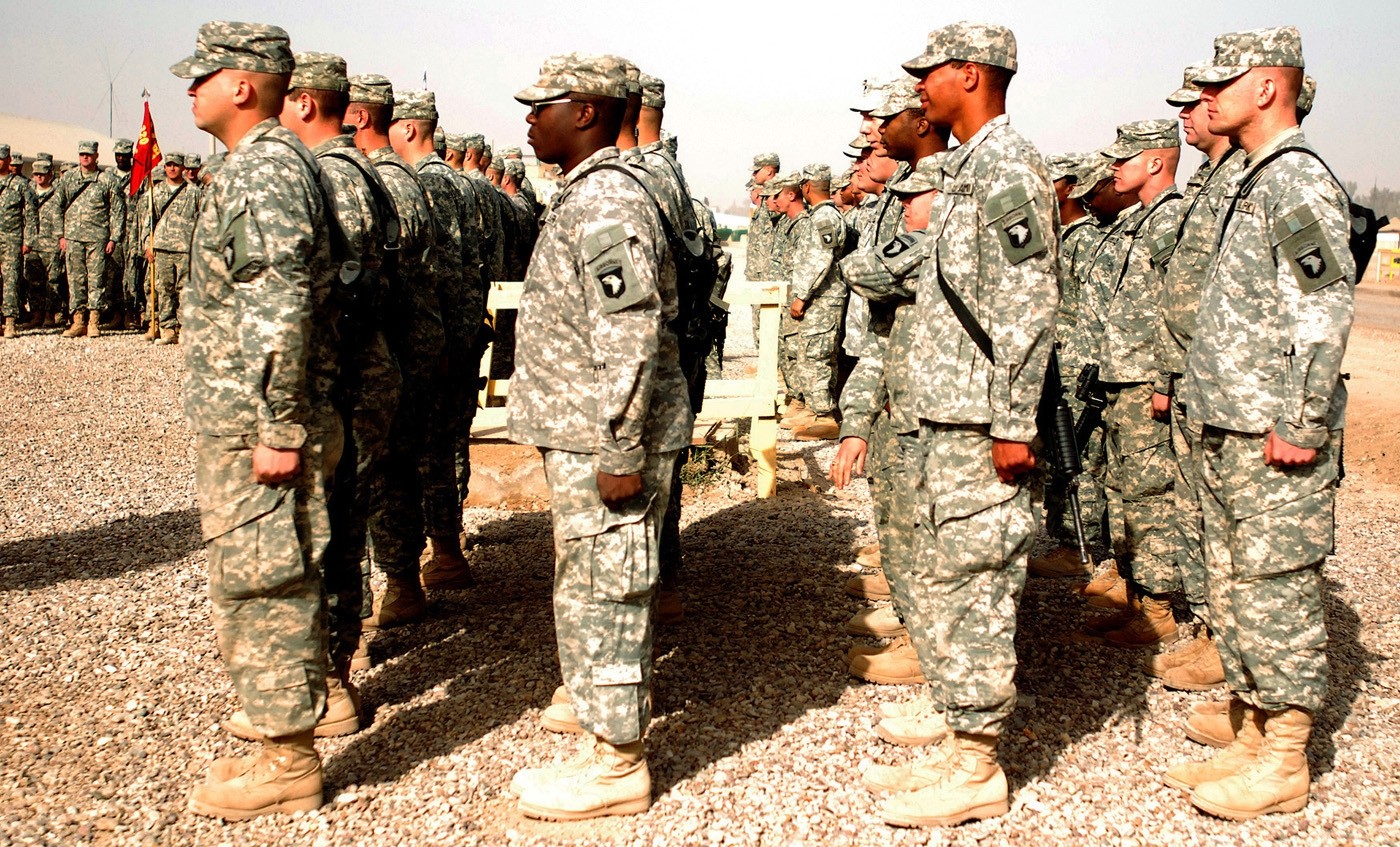
FORT LEWIS, Wash. (Army News Service, June 9, 2009) -- The traditions of service in the Army sometimes seem a bit disconnected from this what-have-you-done-for-me-lately world we live in. But those traditions became part of the fabric of the Army for very practical reasons. We should be very careful about turning away from those hard-earned lessons.
Thursday, leaders, Soldiers and friends of the Army will gather for the Army Ball here to celebrate 234 years since the birth of our service. There will be other observances during the day for both those in uniform and for family members.
But our history and traditions are too important to be marked only on one day in June.
It is easy for retirees like me to fall into the "old Soldier's syndrome," a condition in which the way things were done back in the day are the model to be followed and all recent changes are clear indications of the Army heading down the wrong path. That instinctive response is often incorrect, I know. But sometimes it might represent some wisdom.
Let me offer an example.
Soldiers don't march much anymore.
One of the classic images of an Army post is of bodies of Soldiers marching in formation. While the Army still teaches dismounted drill, its use is rapidly fading. I can't remember the last time I saw a marching formation that wasn't in PT uniform.
"So what'" you ask. Well, being part of unit formations and moving as one, is a subtle way to build cohesion.
It is also a not-so-subtle way to build confidence in young leaders.
Several decades ago, as a very new staff sergeant in a very large division headquarters company, I reported to morning formation. My position was squad leader in the 1st Squad of the 1st Platoon in a formation of almost 700 Soldiers. The platoon sergeant was not there that day, so I took his place in front of the platoon.
After those present for duty reported, the company commander announced mandatory training for the entire company. Then came the surprise: The CO turned his head to me and commanded, "Sergeant Kuhns, march the company to the theater."
I was certainly not the ranking platoon sergeant in that formation. The other six platoons were all led by master sergeants or sergeants first class. But my luck placed me in 1st Platoon.
After a momentary burst of adrenaline, I took my position in front of the formation and carried out my orders. I had never taken charge of a formation of more than 30 Soldiers before, but had marched in too many large units to remember. I knew what to do and how to do it.
Under my direction, the company marched a half-mile to the theater, then filed in for instruction. I still remember pride and triumph I felt for accomplishing that simple task. That feeling carried over, I think, into other tasks I performed. It helped build confidence as a leader - one important brick in building a better NCO.
How many new staff sergeants today get similar opportunities' I am afraid the number is small - and growing smaller.
There were a lot of other ways we used to pay homage to the historical Army. The daily police call did more than eliminate trash and clutter. It was one more time when the entire unit carried out a visible function as a body. We had regular inspections in Class A uniforms, too, and weekly battalion-sized retreat parades, complete with a band and passing in review.
The list of fading Army traditions goes on and on.
I know the Army is busier now. We are at war, with rigorous training requirements to prepare for the next deployments. But those lost traditions I lament were adhered to through World War II, Korea and Vietnam. They were part of being a Soldier, binding us tightly to every Soldier who ever wore an Army uniform, all the way back to 1775.
Maybe some of my experiences are obsolete - like open-bay barracks, spit-shined boots and breaking starch every morning. But we shouldn't casually discard, without careful consideration, all that has worked so well in the past.
The Army has a glorious history of struggle, courage and victory. It also has a rich cultural history that deserves to be remembered and honored.
That should be something we do every day of the year.
(David W. Kuhns Sr. is a retired sergeant major and editor of Fort Lewis' Aca,!A"Northwest Guardian.Aca,!A?)

Social Sharing